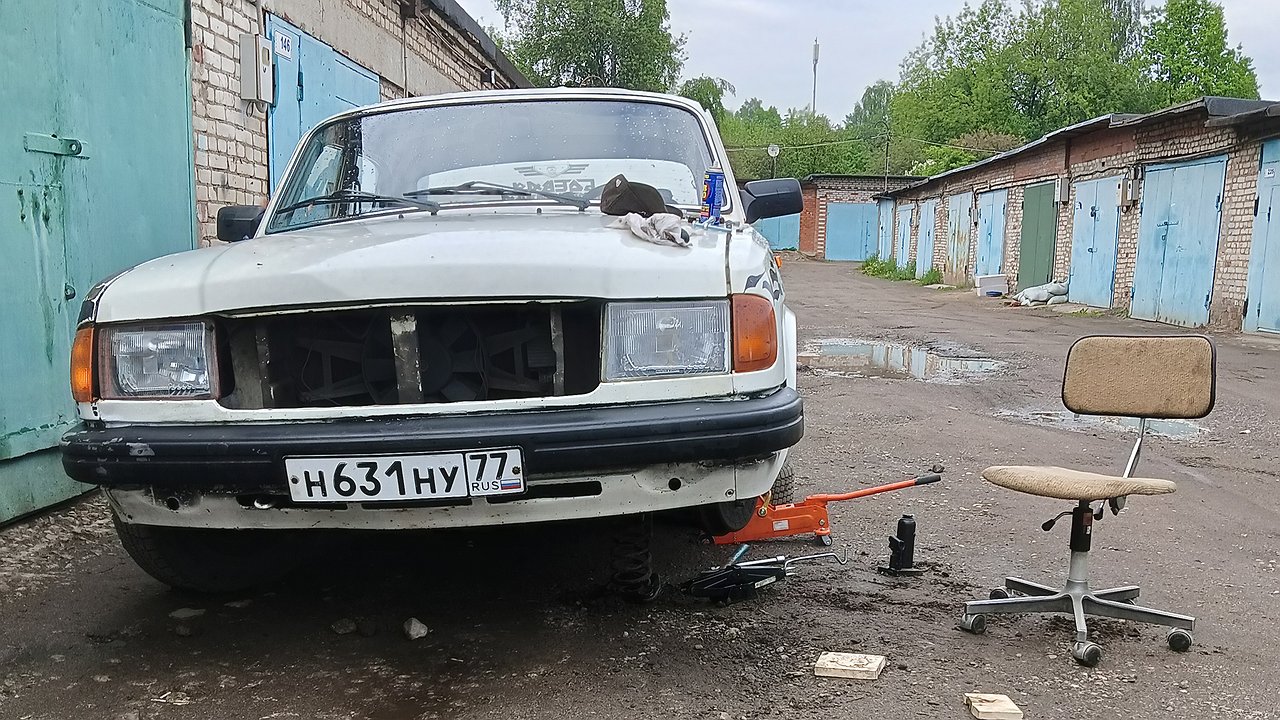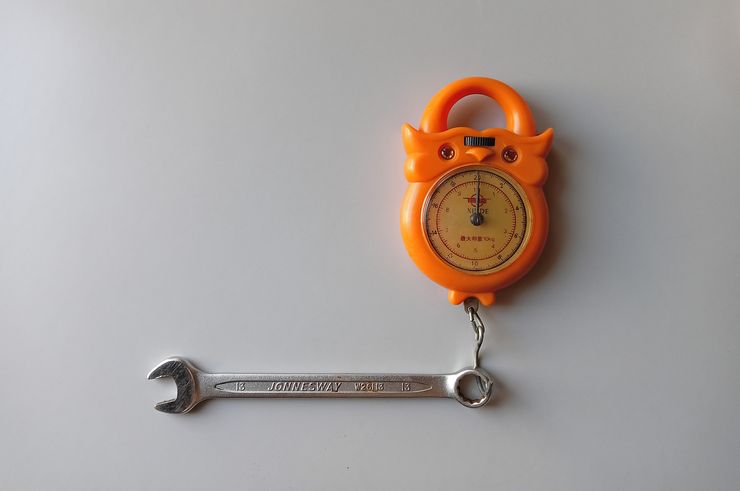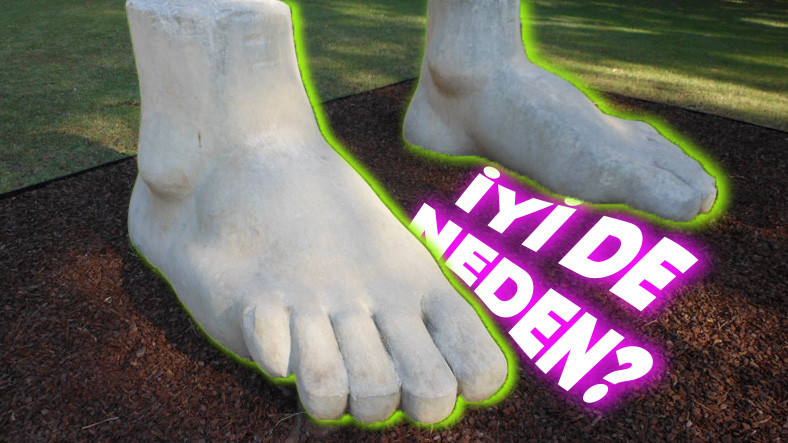“Why, business…” – this is how many car enthusiasts approach the issue of independently repairing their “swallows”. Indeed, it doesn’t seem complicated: unscrewing and tightening. And in the end – a dozen broken bolts and frayed nerves. It turns out that turning the nuts is not so easy. How to do this correctly and how to do it without special tools, tells the portal “AvtoVzglyad”.
Every car manufacturer, even at the design stage of a specific model, establishes a certain durability of its components and assemblies. And it largely depends on the connections, namely nuts and bolts. Including the moment when they are tightened. Which mainly determines whether the bolt will crack or not. We don’t think we need to explain again what this means for the suspension or the engine.
That is why it is important to tighten bolted connections correctly. But even at specialized gas stations this does not always happen, although specialists should have a special tool in their arsenal for every need: torque wrenches. But what to do if it is not at hand, and how did Soviet mechanics, who did not have the same access to tools as in our time, deal with this problem?
Let’s use our common sense and remember physics. The tightening torque is the force per length. Simply put, this is the force with which we pull the key with our hand. And without special tools, a steel mill will help us “dosage” it. You probably have it, you just have to look in the garage or at home. Now on to using it. We take a wrench (it is most convenient to use an open end or cap), put it on a bolt or nut and at the other end we hold on to the hook of our “hand scale”, with which we Pull.
The important thing here is to adjust the angle between them at 90 degrees and the scale readings. How much should the Steelyard pointer display? To get the correct answer to this problem, we will use a calculator. Suppose the repair manual states that a specific nut must be tightened with a force of 30 Nm. That is, you need to hang 30 Newtons on a meter collarbone, that is, 3 kg (1 Newton = 100 grams).
But such things only happen in fairy tales. In reality, it is necessary to compensate for this length in kilograms. We take the most common key “13”. On average, the length is 15 cm or 0.15 m. Divide the weight by the length and we get 20 kg. This is exactly the value that the steel yard arrow should display. It is true that we must keep in mind that even the coolest and most expensive torque wrench has an error not greater than 8%: not so little. And the ‘no-change’ tightening method must also take this into account. And if all conditions are met, it will ultimately be very accurate.
But if you seriously repair a complex unit, it is better not to take the risk and arm yourself with a special tool. Luckily it’s not that expensive these days.
Every car manufacturer, even at the design stage of a specific model, establishes a certain durability of its components and assemblies. And it largely depends on the connections, namely nuts and bolts. Including the moment when they are tightened. Which mainly determines whether the bolt will crack or not. We don’t think we need to explain again what this means for the suspension or the engine.
That is why it is important to tighten bolted connections correctly. But even at specialized gas stations this does not always happen, although specialists should have a special tool in their arsenal for every need: torque wrenches. But what to do if it is not at hand, and how did Soviet mechanics, who did not have the same access to tools as in our time, deal with this problem?
Let’s use our common sense and remember physics. The tightening torque is the force per length. Simply put, this is the force with which we pull the key with our hand. And without special tools, a steel mill will help us “dosage” it. You probably have it, you just have to look in the garage or at home. Now on to using it. We take a wrench (it is most convenient to use an open end or cap), put it on a bolt or nut and at the other end we hold on to the hook of our “hand scale”, with which we Pull.
The important thing here is to adjust the angle between them at 90 degrees and the scale readings. How much should the Steelyard pointer display? To get the correct answer to this problem, we will use a calculator. Suppose the repair manual states that a specific nut must be tightened with a force of 30 Nm. That is, you need to hang 30 Newtons on a meter collarbone, that is, 3 kg (1 Newton = 100 grams).
But such things only happen in fairy tales. In reality, it is necessary to compensate for this length in kilograms. We take the most common key “13”. On average, the length is 15 cm or 0.15 m. Divide the weight by the length and we get 20 kg. This is exactly the value that the steel yard arrow should display. It is true that we must keep in mind that even the coolest and most expensive torque wrench has an error not greater than 8%: not so little. And the ‘no-change’ tightening method must also take this into account. And if all conditions are met, it will ultimately be very accurate.
But if you seriously repair a complex unit, it is better not to take the risk and arm yourself with a special tool. Luckily it’s not that expensive these days.
Source: Avto Vzglyad
Donald Salinas is an experienced automobile journalist and writer for Div Bracket. He brings his readers the latest news and developments from the world of automobiles, offering a unique and knowledgeable perspective on the latest trends and innovations in the automotive industry.














